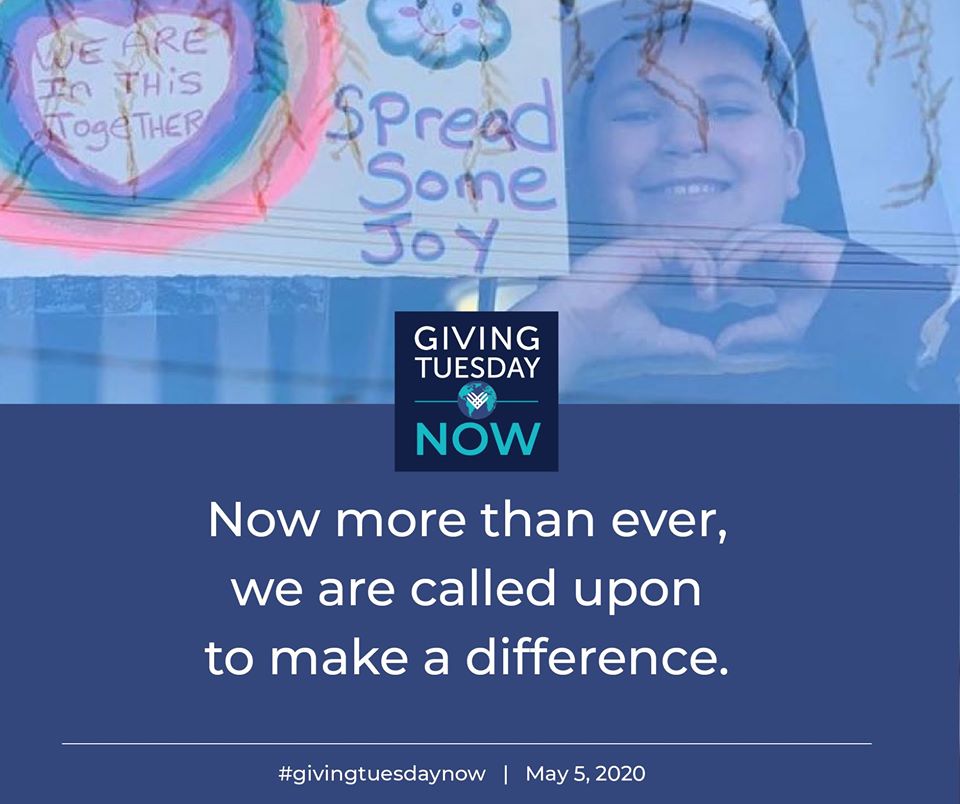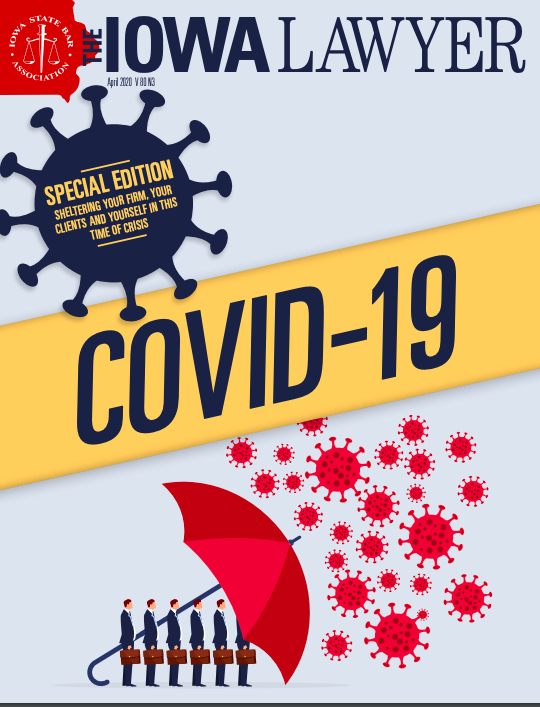To all the dads out there, happy Father’s Day! We all have our own unique relationships and therefore unique lists with an endless number of things we can and should thank our dads for. But the one thing we all have in common is there are not enough words and never the perfect gifts that fully encompass how thankful we are for all they’ve given us. A dapper tie, classic “#1 dad” t-shirt, a new tool for the toolbox, the hippest craft beers, these are all great. These gifts are kind, but they pale in comparison to all the tangible and intangible things your *pops* has given you over the years.
That’s why I propose this year you give your father a gift that’s unconventional, yet incredibly valuable…an estate plan! Why is this one of the greatest gifts for a loved one?
- An estate plan leads to peace of mind. Your dad can feel good knowing if the unexpected happens, then the legal “stuff” surrounding your life is accounted for.
- Estate planning means that you (the testator) get to make the decisions about who you want to have what stuff and when.
- Estate planning isn’t just about death. Documents like financial and health care powers of attorney play an important role if (gosh forbid!) your father were to be incapacitated by an accident or illness. Everyone wants the ability to choose the people they want to make important decisions regarding their money and health instead of a court-appointed guardian or conservator.
- Estate planning saves your family (including dads for sure!) time and money in attorney’s fees and court costs in the probate process.
- By encouraging your father to execute an estate plan, you are recognizing that you want his wishes to be heard on important matters like disposition of final remains and a living will. (It makes up for all the times you didn’t follow directions as a kid!)
- Estate plans can also be seen as a representation of your everlasting love for your father, because estate plans never expire! They need to be reviewed regularly and updated when goals or big life-changing events happen, but a valid estate plan will last as long as your mom wants it to. What other Father’s Day gifts can you say that about?
- Help your father leave an enduring legacy. Estate planning means your dad can plan for his estate to benefit the causes and organizations he cares for through charitable bequests.
How do you gift someone an estate plan you ask? Well, you certainly can’t buy one at a store, but this is your chance to get creative.
- Gift the gift of information.Even sharing the benefits and educating your dad on the main components of an estate plan is an amazing present.
- Connect him with an estate planning attorney.Sometimes the hardest part of estate planning is simply getting started. When you work with an estate planning attorney (in lieu of something with a high potential for negative unintended consequences like a DIY will off the internet), they help guide and consult you through the process on top of writing the actual documents.
- Give a storage container.This is a gift you could actually put a bow on! There are many different ways you can choose to store your estate plan, so take stock of what your father has in terms of secure storage. Is there a locked file cabinet readily available or does he need a water-proof, fire-proof place to keep his original estate plan? The storage container could be a sort of representative for the estate plan that is to come.
- Help dad gather information to fill out an Estate Plan Questionnaire. An Estate Plan Questionnaire helps you and your attorney collect all the important details related to your estate in one place.
- Gift your assistance. Let your father know that when he’s ready to discuss his planning decisions that you’ll be there to listen, and if necessary, bring your siblings (if any) and all other family members to the table so that everyone is on the same page.
Already got your dad a gift? That’s wonderful! I’m sure he would love it in addition to an estate plan!
Questions, concerns, or otherwise from you or your father? Contact me at any time via email or phone (515-371-6077).


















